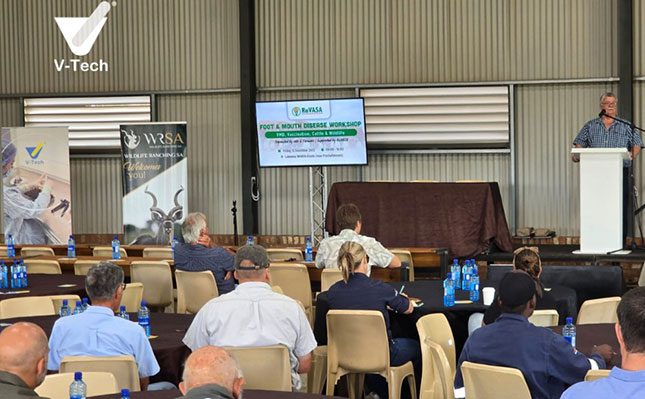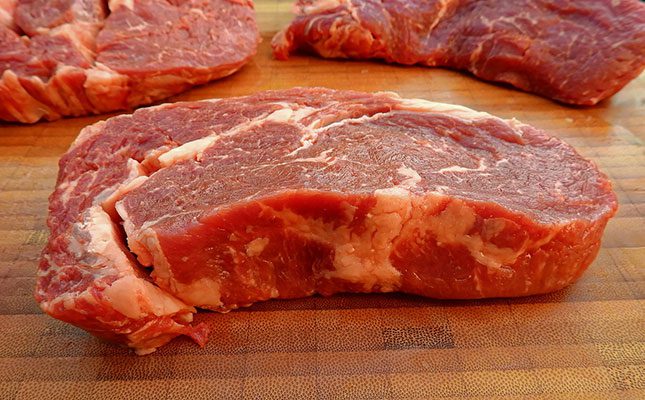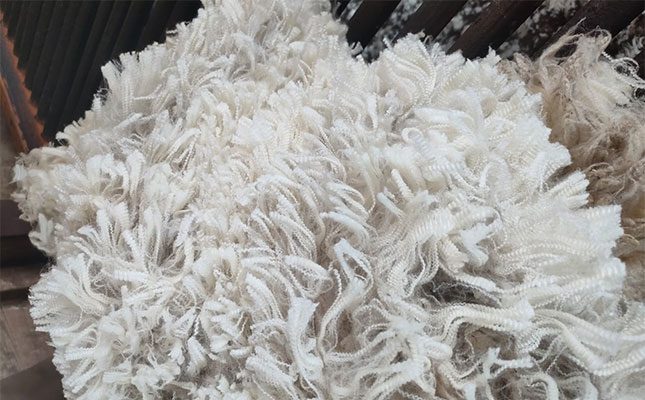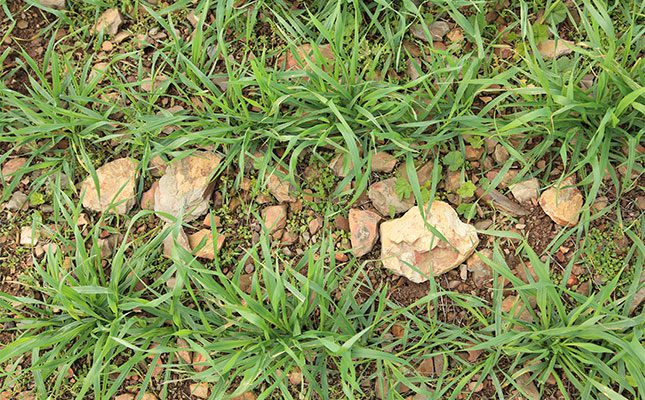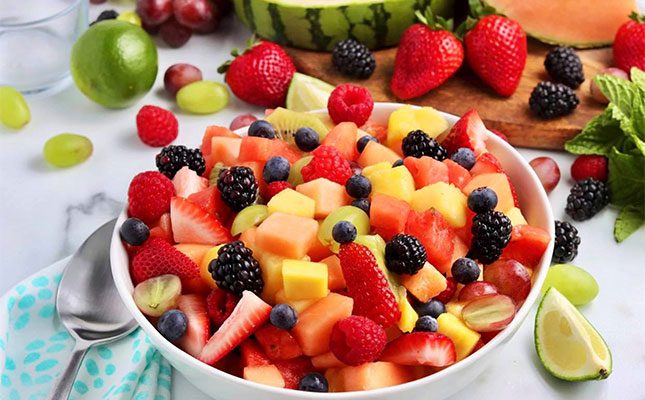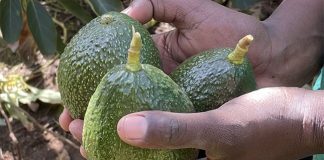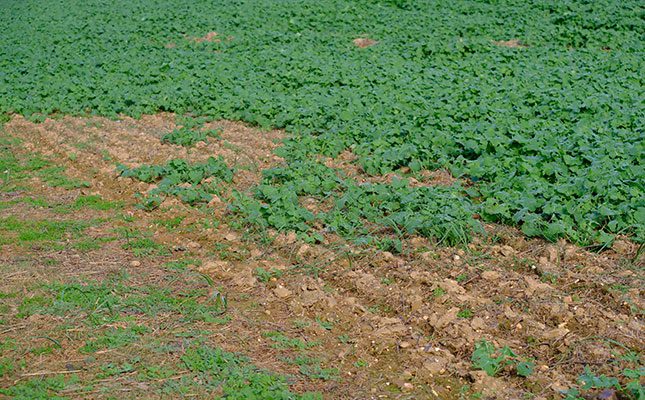
Photo: Jeanne van der Merwe
With a Grain SA survey under way to ascertain the extent of slug- and snail-related damage, a number of producers have had to replant crops and spend up to R1 000/ha on pellets to get rid of the pests, with mixed results. Some growers have had to repeat slug pellet dosages twice or three times.
Nico Uys, who farms between the Breede River and Witsand, had to replant about 60ha of canola, and some of his neighbours have lost barley and even wheat to the invertebrates.
“It’s definitely a new problem; we never used to experience it so acutely in the past,” he said.
PC Streicher, from the same area, had to replant 13ha of barley after the crop was decimated by snails and slugs. However, the new plants have also been devoured.
“We started the season on fairly wet soils, so they had great conditions in which to hatch. The toringslakkies (‘small pointed snail’, Prietocella barbara) are very destructive, and then the slugs hide underground, so you can’t reach them with pesticides. The infestations were worst under thick canola straw.”
Pieter Gildenhuys, also from the area between Malgas and Witsand, notes that conservation agriculture practices “create the ideal conditions for slugs to thrive”, as they can survive and breed throughout the summer under crop residue.
“In my area, the small pointed snails are causing most of the problems, whereas further north towards Heidelberg, it’s the slugs.”
Gildenhuys himself has not faced significant problems with the molluscs, and he believes it is because his sheep graze on the crop residues for a limited period during summer.
“The sheep disturb the straw. The snails tend to breed where the residue is at its thickest, and that’s where the sheep open things up a little,” he said.
The only other preventative measures Gildenhuys takes is to spread snail pellets when he plants, spreading some additional pellets in other places when necessary.
Jan Wessels, grain farmer from Napier, said slugs were not a problem when crop farming was still tillage-based, but yields were also much lower in those systems.
Piet Lombard, scientific technician at the Western Cape Department of Agriculture, has received feedback that the small pointed snail and the greenhouse slug (Milax gagates) are the most destructive species this season.
Of the two species, the greenhouse slug is particularly difficult to combat.
“They burrow op to 20cm underground, so the slug pellets don’t kill them. And they go too deep to be harmed by the physical breaking up or scarification of the soil cover.”
The small pointed snail, on the other hand, is vulnerable to scarification, and while they’re easier targeted with snail pellets, it’s not a simple solution.
“These snails are quite picky; they don’t eat any pellet and simply crawl over some pellets,” Lombard said.

